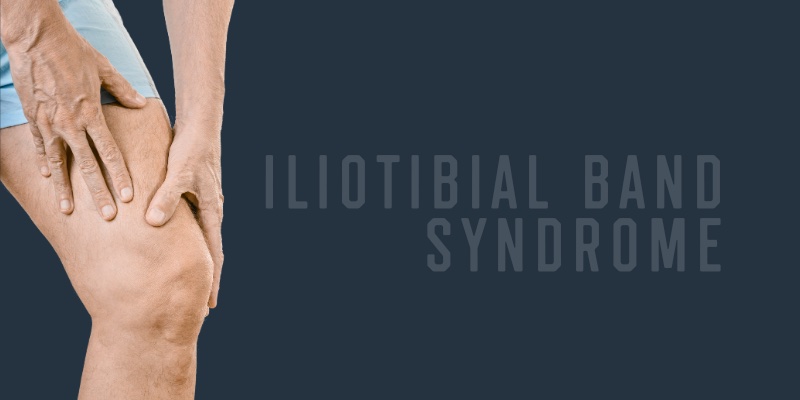Understanding & Managing IT Band Syndrome
By Salmin Rassuli
QubeCore Sports & Rehab RMT & Clinical Pilates Instructor
What is the Iliotibial Band?
The Iliotibial Band (ITB) is a robust structure that combines characteristics of a tendon, ligament, and dense fibrous connective tissue like the plantar fascia. It functions as a tendon by connecting the tensor fascia lata muscle to the bone and as a ligament by linking bone to bone to limit unwanted movement and provide stability. Composed of dense fibrous connective tissue, it is a unique combination of these elements.
What happens when the Iliotibial Band becomes irritated?
When the Iliotibial Band becomes irritated, it leads to a condition known as IT Band Syndrome. This syndrome is associated with pain and discomfort due to the multifaceted connections of the ITB, not only to the bone but also to surrounding muscles through connective tissue. It connects to the gluteus maximus, quadriceps muscles, hamstring muscles, gastrocnemius muscles, and connective tissue around the outer side of the patella (knee cap). The condition of these muscles can impact the compressive forces exerted on the ITB.
Who commonly experiences IT Band Syndrome, and what are the contributing factors?
IT Band Syndrome is a prevalent overuse injury, especially among runners. It can also occur after excessive or unusual downhill walking and occasionally in cyclists. It can usually be linked with a change of type of exercise, intensity, or volume. Contributing factors include poor muscle recruitment or weakness around the hip joint, running biomechanics, foot posture, and fatigue. First-time half or full marathon runners are particularly susceptible to ITB pain.
What treatments and rehabilitation methods are most effective for IT Band Syndrome?
Various treatments and rehab techniques can help alleviate IT Band Syndrome pain. Due to the ITB’s connection to surrounding muscles, massage, particularly deep tissue massage, can be quite beneficial.
How is deep tissue massage beneficial for alleviating ITB pain?
Deep tissue massage targets the deeper layers of muscles and connective tissue, precisely where the Iliotibial Band interacts with surrounding muscles. By applying firm pressure and controlled movements, deep tissue massage aids in breaking down adhesions and reducing tension in the affected areas. Specifically, when addressing IT Band Syndrome, focusing on the quadriceps, calf, gluteal, and hamstring muscles through deep tissue massage helps release tightness and alleviate pain. Incorporating deep tissue massage into a comprehensive rehabilitation plan can significantly contribute to the relief and recovery from IT Band Syndrome.
QubeCore Sports & Rehab offers Massage Therapy services in North Vancouver for a wide range of conditions. To book your appointment with Salmin Rassuli, call 604.210.2274 or simply book online by clicking HERE.

